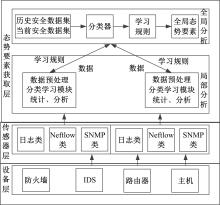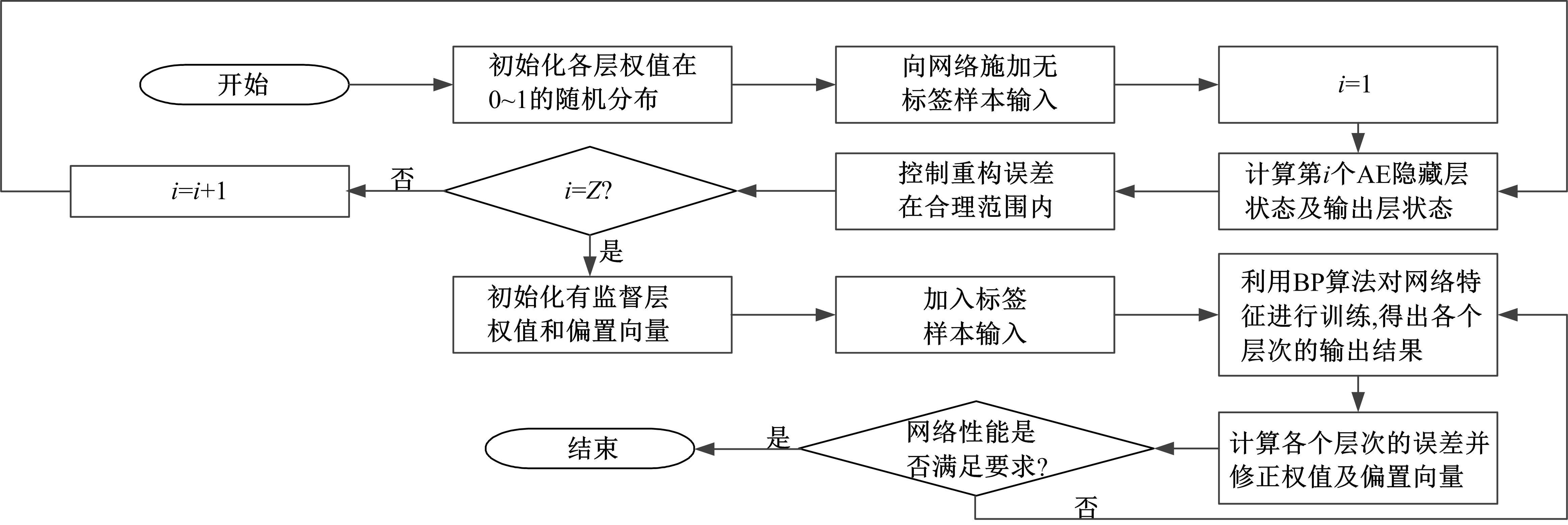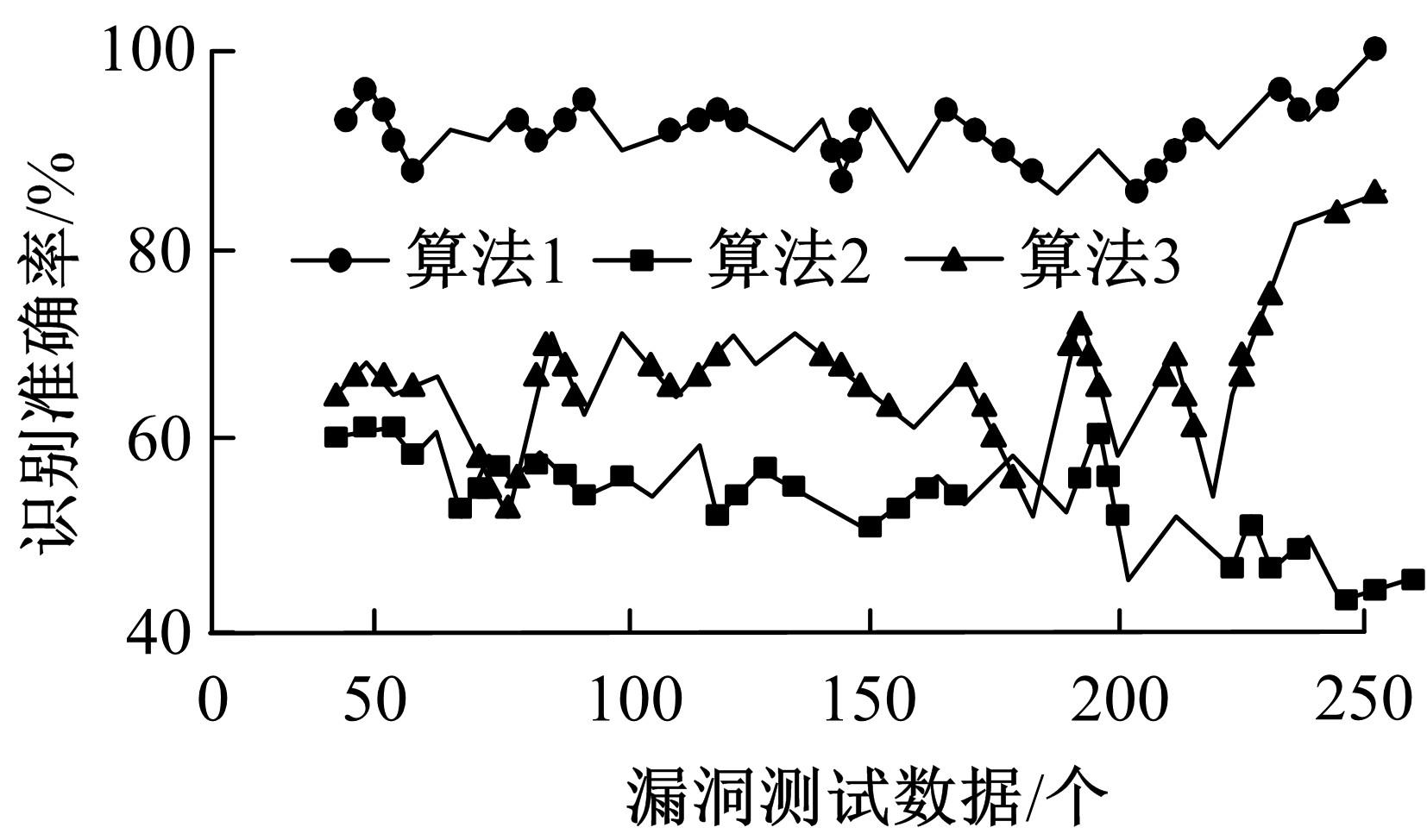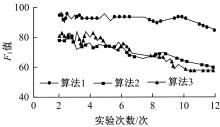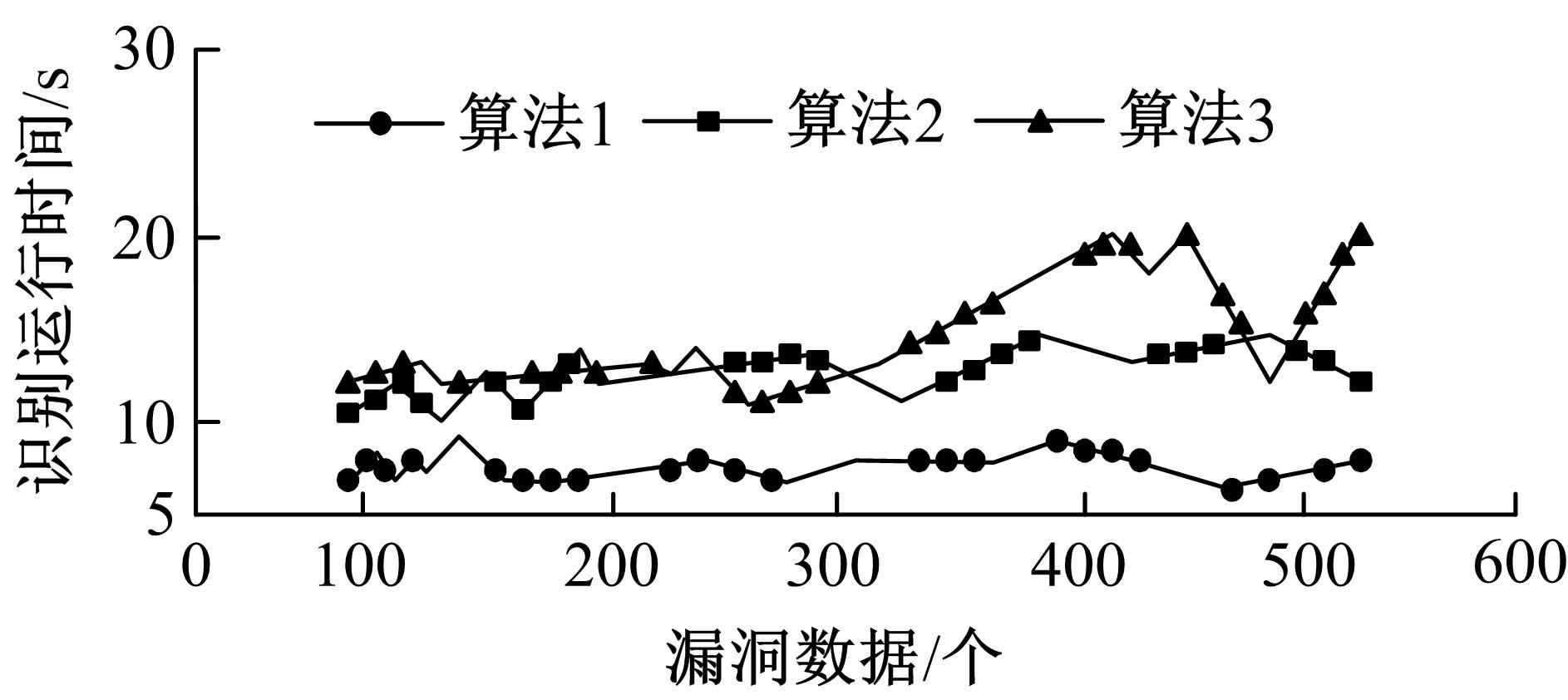吉林大学学报(工学版) ›› 2023, Vol. 53 ›› Issue (7): 2121-2126.doi: 10.13229/j.cnki.jdxbgxb.20220370
• 计算机科学与技术 • 上一篇
基于深度神经网络的物联网安全态势自动辨识算法设计
- 1.武汉大学 国家网络安全学院,武汉 430072
2.武汉大学 空天信息安全与可信计算教育部重点实验室,武汉 430072
Design of automatic identification algorithm for Internet of Things security situation based on deep neural network
- 1.School of Cyber Science and Engineering,Wuhan University,Wuhan 430072,China
2.Key Laboratory of Aerospace Information Security and Trusted Computing of Ministry of Education,Wuhan University,Wuhan 430072,China
摘要:
针对网络未知的攻击威胁对物联网安全态势带来的影响,为了提升辨识效果,提出一种基于深度神经网络的物联网安全态势自动辨识算法。通过网络木马及DDos攻击分析物联网的安全威胁,获取物联网安全态势要素,通过建立病毒入侵的物联网安全状态分布模型,提取物联网安全态势特征,将深度神经网络与深度堆栈编辑器相结合,对提取的安全态势特征进行训练,利用最终训练结果判定物联网安全态势性能,完成物联网安全态势自动辨识,实现物联网安全态势自动辨识算法设计。实验结果表明,通过对该算法进行识别效果对比测试、召回率测试、F1值测试和识别运行时间测试,验证了该算法的精准度高、实用性强。
中图分类号:
- TP393
| 1 | 边寒, 陈小红, 金芝, 等. 基于环境建模的物联网系统TAP规则生成方法[J]. 软件学报, 2021, 32(4): 934-952. |
| Bian Han, Chen Xiao-hong, Jin Zhi, et al. Approach to generating TAP rules in IoT systems based on environment modeling[J]. Journal of Software, 2021, 32(4): 934-952. | |
| 2 | 杨婷婷, 李志一, 赵冬泉.基于物联网大数据的城市降雨径流控制率分析[J]. 水电能源科学, 2020, 38(5): 15-17, 210. |
| Yang Ting-ting, Li Zhi-yi, Zhao Dong-quan. Analysis of urban rainfall and runoff control rate based on IoT big data[J]. Water Resources and Power, 2020, 38(5): 15-17, 210. | |
| 3 | 张帅钦, 张荣杰, 温旭东. 基于一维像选择双谱的神经网络识别算法[J]. 现代雷达, 2020, 42(4): 46-49. |
| Zhang Shuai-qin, Zhang Rong-jie, Wen Xu-dong. A neural network recognition algorithm based on one-dimensional image selection bispectrum[J]. Modern Radar, 2020, 42(4): 46-49. | |
| 4 | 唐作栋, 龚晓峰, 雒瑞森.一种小波特征与深度神经网络结合的信号制式识别算法[J]. 计算机工程与科学, 2020, 42(5): 902-909. |
| Tang Zuo-dong, Gong Xiao-feng, Luo Rui-sen. A signal system recognition algorithm combining wavelet features and deep neural networks[J]. Computer Engineering and Science, 2020, 42(5): 902-909. | |
| 5 | 苟泽中, 许华, 郑万泽, 等.基于半监督联合神经网络的调制识别算法[J]. 信号处理, 2020, 36(2): 168-176. |
| Gou Ze-zhong, Xu Hua, Zheng Wan-ze, et al. Semi-supervised joint neural network based recognition algorithm of modulation signal[J]. Journal of Signal Processing, 2020, 36(2): 168-176. | |
| 6 | 丑义凡, 易波, 王兴伟, 等. IPv6网络中基于MF-DL的DDoS攻击快速防御机制[J]. 计算机学报, 2021, 44(10): 2047-2060. |
| Yi-fan Chou, Yi Bo, Wang Xing-wei, et al. A rapid defense mechanism based on MF-DL for DDoS attack in IPv6 networks[J]. Chinese Journal of Computers, 2021, 44(10): 2047-2060. | |
| 7 | 张欣, 朱江.面向样本不平衡的网络安全态势要素获取[J]. 计算机工程与应用, 2022, 58(1): 134-142. |
| Zhang Xin, Zhu Jiang. Network security situation element acquisition for sample imbalance[J]. Computer Engineering and Applications, 2022, 58(1): 134-142. | |
| 8 | 牛祥.基于门限联合判别的同质网络入侵检测仿真[J]. 计算机仿真, 2020, 37(3): 309-313. |
| Niu Xiang. Simulation of homogeneous network intrusion detection based on threshold joint discrimination[J]. Computer Simulation, 2020, 37(3): 309-313. | |
| 9 | 景惠甜, 韩丽, 高志宇. 基于卷积神经网络特征提取的风电功率爬坡预测[J]. 电力系统自动化, 2021, 45(4): 98-105. |
| Jing Hui-tian, Han Li, Gao Zhi-yu. Wind power ramp prediction based on feature extraction of convolutional neural network[J]. Automation of Electric Power Systems, 2021, 45(4): 98-105. | |
| 10 | 曲岳晗, 赵洪山, 马利波, 等. 多深度神经网络综合的电力变压器故障识别方法[J]. 中国电机工程学报, 2021, 41(23): 8223-8231. |
| Qu Yue-han, Zhao Hong-shan, Ma Li-bo, et al. Multi-depth neural network synthesis method for power transformer fault identification[J]. Proceedings of the CSEE, 2021, 41(23): 8223-8231. |
| [1] | 冀汶莉,田忠,柴敬,张丁丁,王斌. 多属性融合分布式光纤导水裂隙带高度预测方法[J]. 吉林大学学报(工学版), 2023, 53(4): 1200-1210. |
| [2] | 宋现敏,杨舒天,刘明鑫,李志慧. 站点间公交行程时间波动特性及预测方法[J]. 吉林大学学报(工学版), 2022, 52(8): 1792-1799. |
| [3] | 孙东明,胡亮,邢永恒,王峰. 基于文本融合的物联网触发动作编程模式服务推荐方法[J]. 吉林大学学报(工学版), 2021, 51(6): 2182-2189. |
| [4] | 陈红松,陈京九. 基于统计的物联网分布式拒绝服务攻击检测[J]. 吉林大学学报(工学版), 2020, 50(5): 1894-1904. |
| [5] | 傅文博, 张杰, 陈永乐. 物联网环境下抵抗路由欺骗攻击的网络拓扑发现算法[J]. 吉林大学学报(工学版), 2018, 48(4): 1231-1236. |
| [6] | 胡冠宇, 乔佩利. 混沌协方差矩阵自适应进化策略优化算法[J]. 吉林大学学报(工学版), 2017, 47(3): 937-943. |
| [7] | 胡冠宇, 乔佩利. 基于云群的高维差分进化算法及其在网络安全态势预测上的应用[J]. 吉林大学学报(工学版), 2016, 46(2): 568-577. |
| [8] | 李抵非,田地,胡雄伟. 基于深度学习的中文标准文献语言模型[J]. 吉林大学学报(工学版), 2015, 45(2): 596-599. |
| [9] | 刘效武, 王慧强, 吕宏武, 安述照. 基于融合的网络安全态势量化感知[J]. 吉林大学学报(工学版), 2013, 43(06): 1650-1657. |
| [10] | 王堃, 于悦, 张玉华, 郭篁, 王琳琳. 面向物联网应用平台的Socket设计与优化[J]. 吉林大学学报(工学版), 2012, 42(增刊1): 290-294. |
| [11] | 吕超, 刘爽, 王世明. 智能电网管理服务系统集成框架[J]. 吉林大学学报(工学版), 2012, 42(增刊1): 246-250. |
| [12] | 田晶晶, 李世武, 苏建, 王琳虹, 孙文财, 陈璐. 基于位移传感器的汽车超载动态监测预警系统[J]. , 2012, (06): 1475-1480. |
|
||

